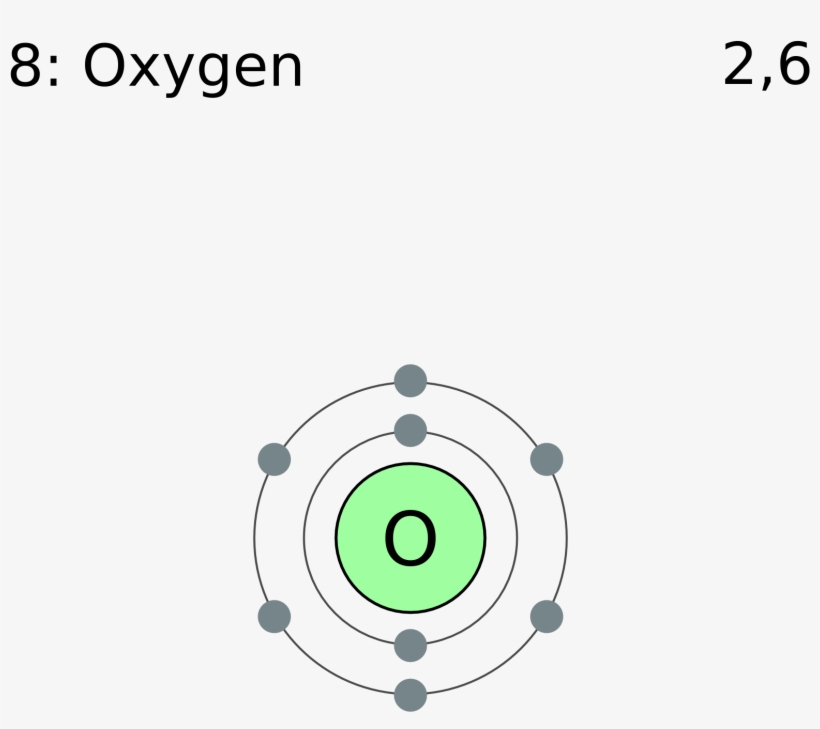In chemistry and atomic physics, an electron shell may be thought of as an orbit followed by electrons around an atom's nucleus.The closest shell to the nucleus is called the '1 shell' (also called the 'K shell'), followed by the '2 shell' (or 'L shell'), then the '3 shell' (or 'M shell'), and so on farther and farther from the nucleus. Anaturally occurring amino acid with the formula c9h11no3 gives the following proton nmr spectrum when determined in deuterium oxide solvent with dcl added. The amino, carboxyl, and hydroxyl protons merge into a single peak at 5.1 ppm (4 h) in d2o. Determine the struc- ture of this amino acid and explain it. Here's what I got. Your starting point for this problem will be the electron configuration for a neutral strontium atom in its ground state, which looks like this 'Sr: ' 1s^2 2s^2 2p^6 3s^2 3p^6 3d^10 4s^2 4p^6 color(red)(5)s^2 As you can see, strontium's outermost electrons are located on the fifth energy level, in the 5s-orbital.
Two valence electrons occupy the outer energy level of the element strontium. If strontium forms an ion, what will be its likely charge?
2 Answers
Explanation:
Strontium will lose the two outer valance electrons to form a stable noble gas electron structure. As electrons are negative losing two negative electrons will leave Strontium with a +2 charge.
Explanation:
Strontium Atom Valence Electrons
You gots a Group 2 metal, an alkaline earth, and these with TWO valence electrons, typically form
Strontium Valence Electrons Have
We could write the entire electronic configuration of strontium metal as
And upon oxidation....
The valence electrons are the
Related questions

